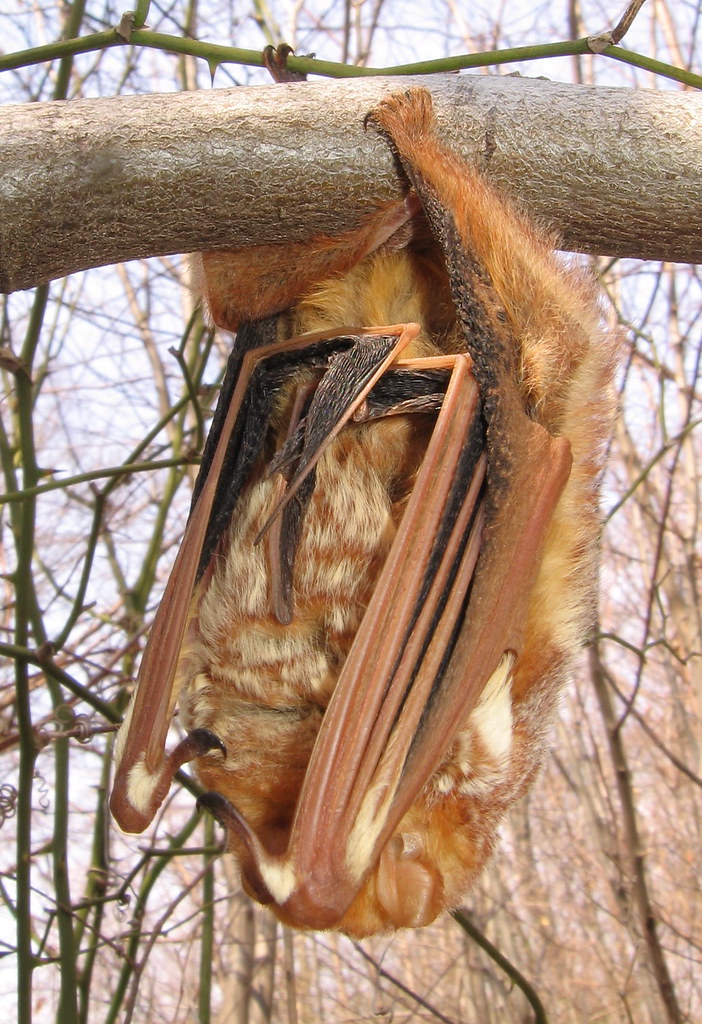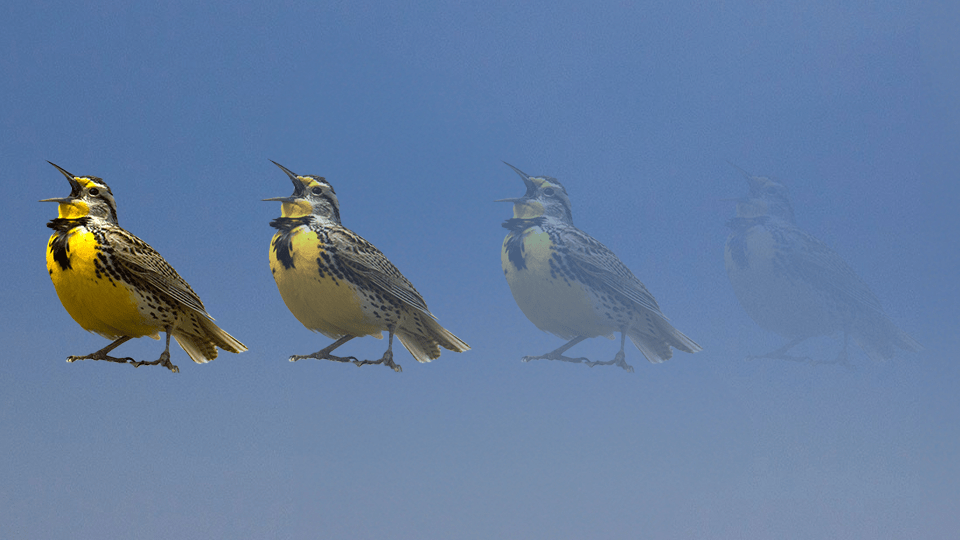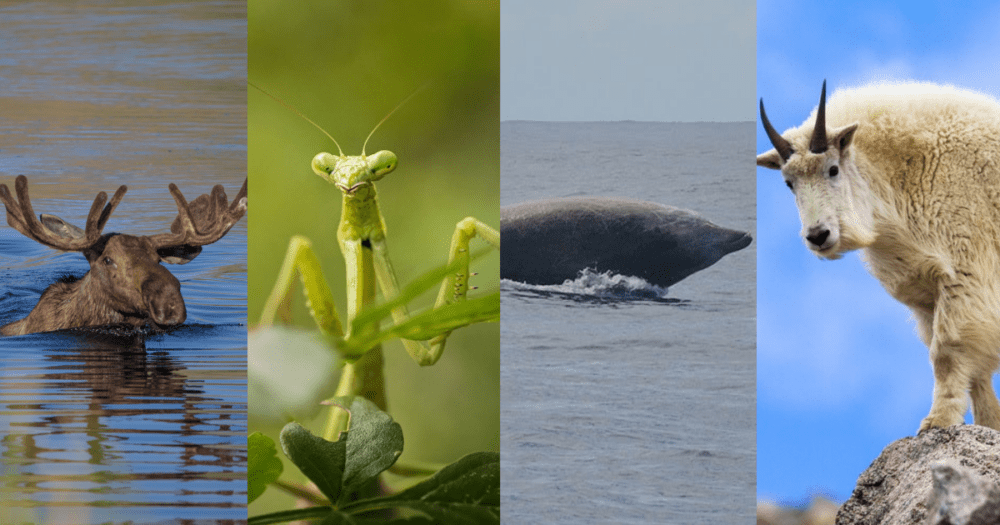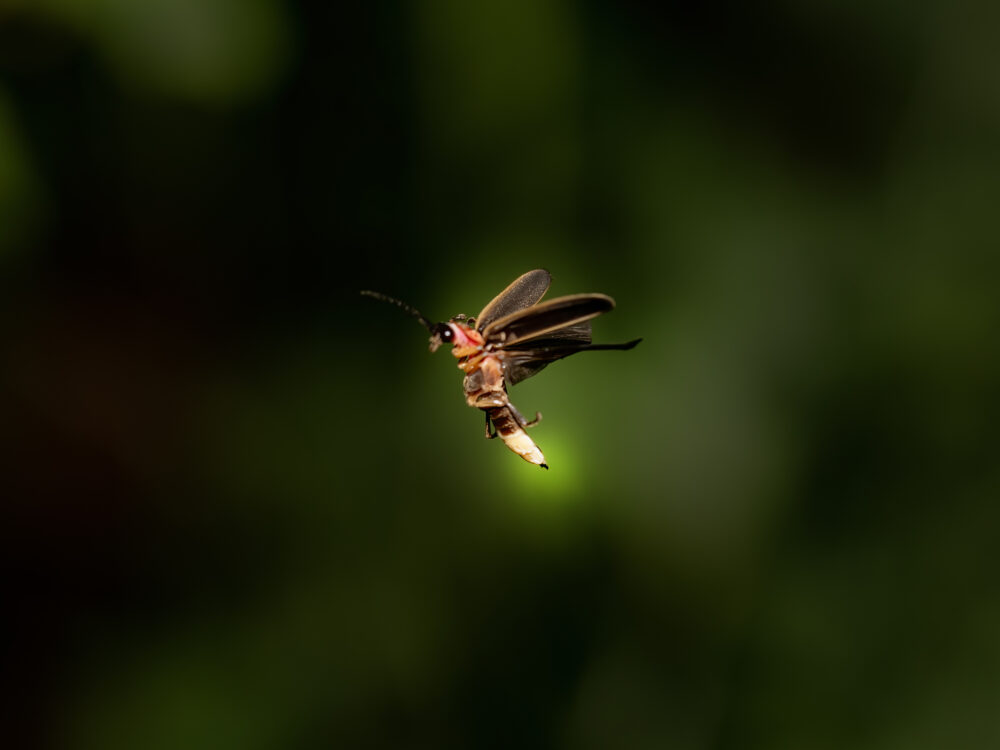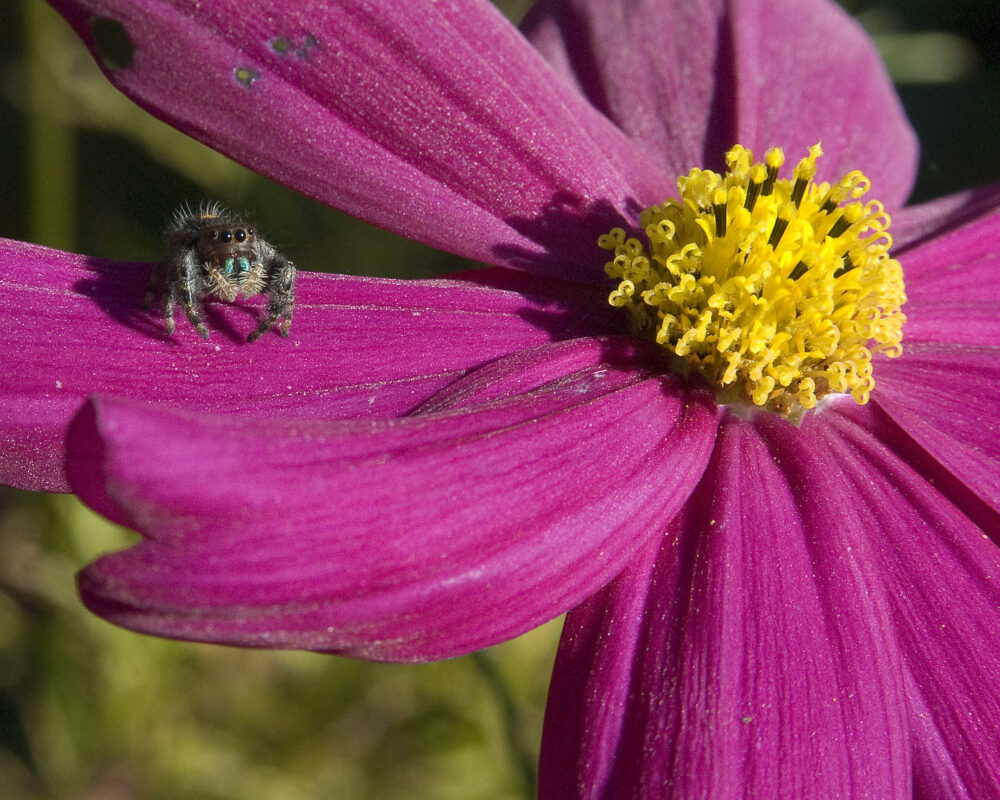We have much more to do and your continued support is needed now more than ever.
Bird of the Week: Black-capped Chickadee

If you live in the northern half of the United States, the odds are good that a black-capped chickadee will visit your property this winter. The most widespread of North America’s seven species of chickadee, it also is one of the most commonly seen backyard birds, particularly during the cold months when many other birds have flown south.
For years, scientists have been intrigued by the ability of these tiny birds to survive, and thrive, during even the most frigid weather. Today biologists have a good understanding of many of the species’ survival techniques, which likely are employed by other members of the chickadee clan.
“Black-capped chickadees have a wonderful assortment of adaptations for the winter,” says biologist Susan Smith, who has studied the birds’ biology and behavior for more than a quarter century at Cornell University and Mount Holyoke College. “Carefully hidden food items, dense winter coats, specially selected winter roost cavities and, perhaps most remarkable of all, the ability to go into nightly hypothermia, thus conserving large amounts of energy, greatly increase the chances of survival.”
The chickadee’s ability to go into regulated hypothermia enables it to actually lower its body temperature, in a controlled manner, to about 12 or 15 degrees F below its normal daytime temperature of 108 degrees F. This allows the bird to conserve almost 25 percent of its hourly metabolic expenditure when the outside temperature is at freezing. The lower the outside temperature, Smith found, the more energy the bird conserved.
More Chickadee Species:
Carolina Chickadee: The Carolina chickadee replaces the very similar black-capped chickadee in southeastern woodlands. The two species overlap along an irregular corridor from central New Jersey to southern Kansas, and some hybridization has been documented within this zone.
Mountain Chickadee: Mountain chickadees inhabit primarily montane coniferous forests of the West, moving up and down in altitude with the seasons.
Mexican Chickadee: In the U.S. portion of its range, the Mexican chickadee lives at elevations above 7,000 feet in pine and pine-oak forests of the Animas and Peloncillo Mountains of New Mexico and the Chiricahua Mountains of Arizona.
Boreal Chickadee: Boreal chickadees are permanent residents of spruce forests of the far northern United States, including Alaska, as well as large parts of Canada. Occasionally, a few of the birds are spotted well south of the boreal, usually mixed in with large groups of black-capped chickadees.
Gray-headed Chickadee: The gray-headed chickadee is a little-known inhabitant of low, dense alder, willow and spruce woods along stream basins in remote muskeg of Alaska and western Canada.
Chestnut-backed Chickadee: The smallest and most brightly colored chickadee, this species has a relatively small range within the western United States and Canada. In the northern part of its range, chestnut-backeds live in dense, humid coniferous and mixed forests. Toward the southern part, in California, they inhabit riparian willows and drier pine, oak and pine-oak forests.
Backyard Tips:
Chickadees are among the easiest birds to lure into your yard, especially during winter. Here are a few tips to help attract them:
1. Put out sunflower seeds, either in the shell or cracked. They have a high fat content, essential to the birds’ winter survival, and are a favorite food of all chickadee species.
2. Almost any bird feeder will attract chickadees, but they seem to be especially comfortable eating from a tube feeder.
3. Chickadees will frequent yards that have adequate natural cover near feeders, giving the birds an area to hide quickly when threatened, as well as a protected night roost.
4. A small birdhouse with a 1 1/4-inch entrance hole, placed in heavy natural cover, may provide both a winter roost and summer nesting site for chickadees.
Voice: Song is a sweet, two-part whistle, see-bee, with the first part higher; variations include s-see-bee or see-bebee. Call is a nasal, harsh schick-a-dee.
Sources: “How Chickadees Weather Winter” by George H. Harrison, National Wildlife, December/January 2008 and National Wildlife Federation Field Guide to Birds of North America.
Find out how chickadees and other animals that vocalize in large groups make themselves heard above the background clamor.
Learn more about setting up cozy winter roosts for chickadees and other birds.
Make your yard inviting to birds and other wildlife by becoming an NWF Certified Wildlife Habitat.















